The recent deepfake controversy involving actresses Rashmika Mandana, Kajol, and Katrina Kaif turned into a public issue in India. There was a video that went viral on Twitter showing rapper Nicki Minaj and actor Tom Holland a hopeless couple and recounting a home invasion by none other than Mark Zuckerberg. After watching this video on Twitter, Minaj was very disturbed and reacted sharply by saying “HELP!!! What in the AI shape-shifting cloning conspiracy theory is this?!?!! Why is this celebrity deep fake?

Deepfake has been a concern for many, particularly for celebrities and business owners whose fake videos are going viral on social media causing huge damage to personal stature, and reputation and bringing unnecessary mental agony to them. This deepfake technology has surprised everyone and raised significant concerns regarding its potential social media implications.
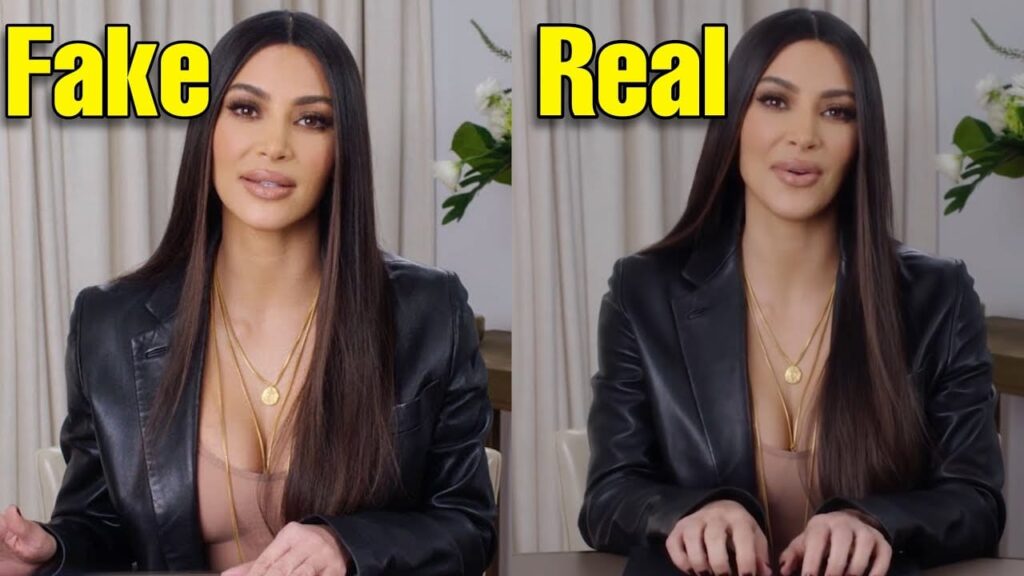
Celebrity deep fake continues to be a widely discussed topic these days on the web and social media and its potentially damaging implications in the long run. The world is changing and so is the web world with the advent of technologies such as AI, Machine Learning, Blockchain, etc. With time, AI and deepfake-like technologies are increasingly becoming harmful to personal privacy and reputation.
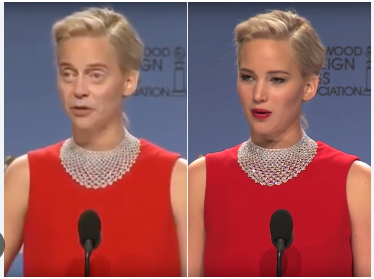
Fake videos involving deepfake technology are becoming worrisome for many over the Internet. Today, individuals and celebrities are turning victims to this. If tomorrow large industrial houses and corporations fall victim, then it can have a devastating effect on the overall economy and the people associated with such industries. People should be aware of that deepfake technology and how that is affecting common internet users, especially celebrity deep fakes.
What is Deepfake Technology?
Deepfake technology is a method of manipulating videos, images, and audio using powerful computers and deep learning. It is used to generate fake news and commit financial fraud, among other things. It involves overlaying digital composites onto existing video, images, or audio. Cybercriminals use artificial intelligence techniques. The term deepfake was born in 2017 when an anonymous Reddit user called them “deepfakes. This user manipulated Google’s open-source deep learning technology to create and publish a pornographic video.
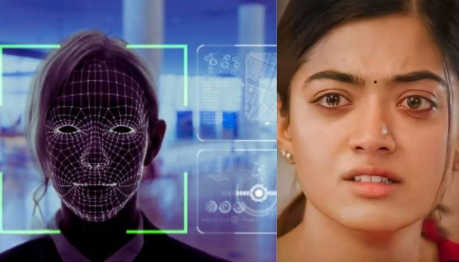
Deepfakes are manipulated videos or images that use artificial intelligence (AI) to create realistic but fabricated content, often placing one person’s face on another person’s body and layer them or change their appearance. As deepfakes become more sophisticated and accessible, their impact on social media platforms and society as a whole cannot be ignored.
Large-scale Misuse of Deep fake Technology
Deepfake technology is currently being used for nefarious purposes such as fraud and misinformation, celebrity pornography, election manipulation, social engineering, automated disinformation attacks, identity theft, and financial fraud. Deepfake technology has been used to impersonate celebrities such as former US President Barack Obama, Donald Trump, and Indian Prime Minister Narendra Modi and worst examples of celebrity deep fake or celebrity deepfake technology.

One of the most worrying effects of deepfake technology is its potential to spread misinformation on social media. With the ability to create convincing fake videos, individuals can manipulate public figures, politicians, and celebrities into saying or doing things they did not do. This opens the door to the spread of misleading information that can damage reputations, incite social unrest, and influence public opinion during important events such as elections.
Types of Deepfakes
Deepfakes come in many forms, from visual to verbal to text-based. Manipulated media content of various types raises concerns about misinformation and its social impact. Deepfake contents and videos can be difficult to identify. The field of deepfakes is constantly evolving, introducing different types of manipulated media content and raising concerns about misinformation and its social impact.
Face-swapping deepfakes
This is the most common form of superimposing one person’s face onto another person’s face using deep learning algorithms.
Voice or Speech Synthesis
The production of synthetic speech recordings mimic human speech patterns and intonation. These can be used to create fake voice messages or imitate someone else’s voice.
Manipulating Gestures and Body Movements
Deep learning technology can also manipulate body movements, gestures, and facial expressions in videos to make it appear as if a person is doing something they are not actually doing.
Text-based deepfakes
AI-generated text such as articles, social media posts, and even emails that mimic a specific person’s writing style. This can lead to misleading content creation.
Object Manipulation
Beyond faces and bodies, deep learning can manipulate objects in videos to change their appearance and behaviour. This can lead to misleading representations of events and situations.
Hybrid Deepfakes
Combine multiple techniques, such as facial changes and voice and body movement changes, to create more sophisticated and convincing deepfakes.
Malicious Usecases
Deepfakes have been used for a variety of malicious activities, including revenge porn, political manipulation, spreading false news, and financial fraud.
Celeb Deep Fake Pornography
Digitally edited porn videos showing hundreds of unwilling women’s faces are attracting tens of millions of visitors to websites, one of which appears at the top of Google search results. Deepfakes are created using AI software that can take an existing video and seamlessly replace one person’s face with another’s face, even mirroring her facial expressions.

While light-hearted deepfake videos of celebrities have made the rounds online, the most commonly used videos are sexually explicit ones. Most deepfake videos feature female celebrities, but YouTubers are now offering to make videos for anyone.
Mitigating and Identification of the Deepfakes
Addressing the impact of deepfakes on social media requires a multifaceted approach. First, technological advances must focus on developing robust detection tools that can efficiently identify and flag deepfake content. Additionally, social media platforms must implement stricter policies and algorithms to quickly detect and remove such content.

It is important to understand the different types of deepfakes in order to identify and address their potential negative effects. Widespread adoption of this technology requires strong countermeasures, including detection tools. Algorithms must be developed to identify and flag manipulated content. AI and machine learning models are created to detect discrepancies in video, audio, and text.


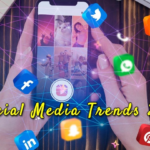



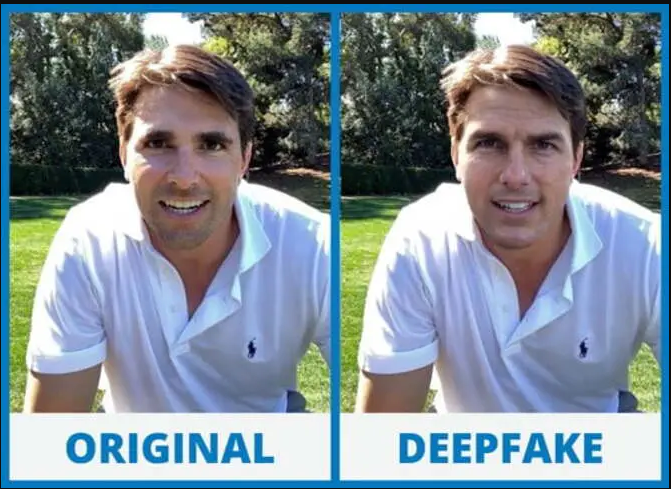


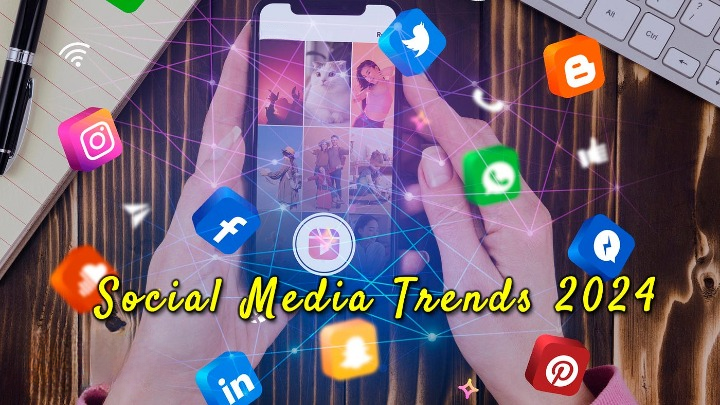
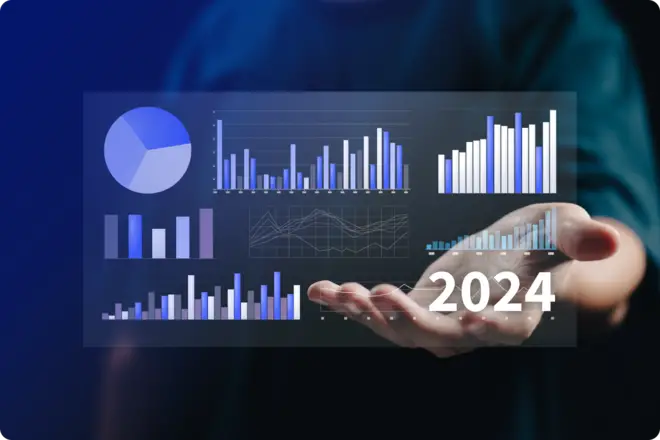
My brother recommended I might like this blog, and he was right. This post made my day. You can’t imagine how much time I spent looking for this data
I loved you better than you would ever be able to express here. The picture is beautiful, and your wording is elegant; nonetheless, you read it in a short amount of time. I believe that you ought to give it another shot in the near future. If you make sure that this trek is safe, I will most likely try to do that again and again.